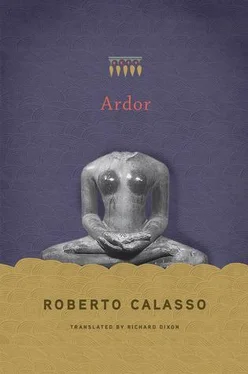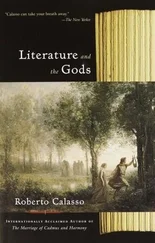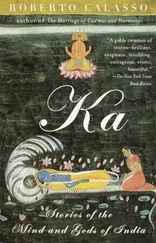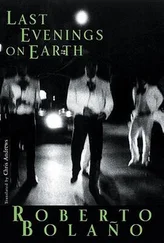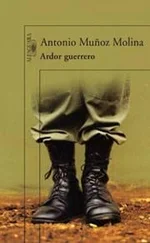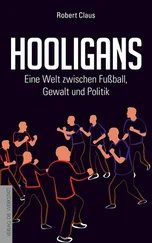NOTE ON SANSKRIT PRONUNCIATION
The a is closed and is similar to the u in but ; the vowels ā, ī , and ū are long: for example, ī is pronounced like ee in feet , not like the i in fit; ṛ is a vowel and is pronounced by resting it on a barely discernible i or u. The e is closed as in better ; the o is closed as in bother.
The g is always hard: for example gītā is pronounced geeta ; the c is always soft: for example, cakra is pronounced chakra. S is always like the s in sound; ś and ṣ are more or less like sh in shun. Ṛṣi is therefore pronounced rishi. The retroflexed ṭ, ḍ , and ṇ are pronounced by bending the tongue back to touch the palate, as in utter, udder , or runner. The aspirate occlusives kh, gh, ch, jh, th, dh, th, ph , and bh are single phonemes, and are pronounced with an aspiration after the consonant: for example, ph is pronounced as in top hat , not as in telephone , and th is pronounced as in dirt heap , not as in think or father.
Ñ is like the n in country; h is a sounded aspiration as in inherent.
The accent falls on the last long vowel (for example: Prajāpati is pronounced Prajápati ). The vowels e and o are also long. Furthermore, all vowels are long when positioned before consonant groups. If there are no long vowels, the accent is placed on the third or fourth to last syllable (if this is a root syllable). For example: Gáruda, Gótama, śrámaṇa.
A few words that are typically Vedic are stressed with a musical tone called udātta , which required the pitch of the voice to be raised, but this has disappeared in Classical Sanskrit.
This book has had the good fortune to encounter some most congenial people along its way: Federica Ragni, who has followed and digitalized every transformation from the manuscript to the printed page; Paolo Rossetti, who has taken care of all typographical matters; Michela Acquati, who has given her expertise during the final stages of the work; Francesca Coppola and Valeria Perrucci, who have given their help in numerous tasks; and Maddalena Buri, the Athenic eye within the text. Roberto Donatoni compensated the author’s linguistic doubts with the abundance of his knowledge and rechecked the quotations from the Sanskrit texts and those translations for which the author is responsible. Finally, Lila Azam Zanganeh went through the English translation, making some valuable remarks. That this book is dedicated to Claudio Rugafiori is just an indication of how much the book itself owes to him. My gratitude to everyone.
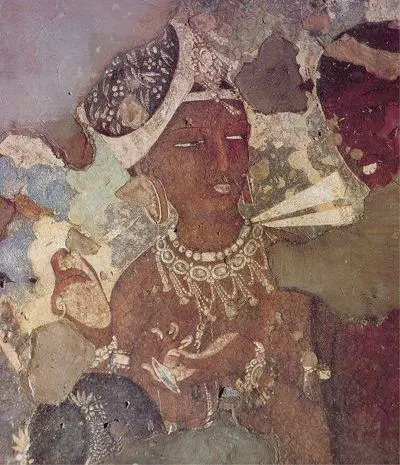
Frontispiece: Soapstone seal, Mohenjo-daro, 2300–1750 B.C.E. National Museum, New Delhi.
Departure of Zhang Yichao for war , fresco, detail, late Tang period, A.D. 848–906. Caves of Mogao, cave no. 156, Dunhuang.
Head of Śiva , 8th century A.D. Candi Singosari archaeological site, Java.
Deer, detail from The Penitence of Arjuna , granite bas relief, 7th century A.D. Mahabalipuram.
Bulākī, The Three Aspects of the Absolute, sheet 1 from the Nāth Carit , opaque watercolor and gold on paper, 1823. Mehrangarh Museum Trust, Jodhpur.
Master of Pahari painting at the court of Mankot (attr.), The Saptarṣis , miniature on paper, c. 1675–1700. Government Museum and Art Gallery, Chandigarh.
Jagadeva, The Goddess Sarasvatī , marble statue, 12th century A.D. Los Angeles County Museum of Art, Los Angeles.
Peacocks , sandstone bas relief, 1st century A.D. Stupa 1, Sanchi.
Young Girl Meditating with Lotus Flower in Her Palm , sculpture in black stone, 10th–11th century A.D. State Museum, Lucknow.
The Jambūdvīpa Continent, with Its Eight Mountain Ranges and Mount Meru at the Center , gouache on paper, Rajasthan, 17th century A.D. Ajit Mookerjee Collection, New Delhi.
Diagram for the propitiatory sacrifice to the nine celestial bodies ( grahayajña ), colors and ink on paper, Rajasthan, 18th century A.D.
Rukmiṇī , sandstone sculpture, Nokhas, c. 10th century A.D. Archaeological Survey of India.
Sacrificial Procession , wooden votive panels from Pitsa, 540 B.C.E. National Archaeological Museum, Athens.
Viṣṇu Sleeping on Śeṣa , Sanctuary of Budhanilkantha, 7th century A.D. Photograph by the author.
Master Durga (attr.), Ashram of the Sage Mārkaṇḍeya and the Ocean of Milk , sheet 5 from the Durgā Carit , opaque watercolor and gold on paper, detail, Jodhpur, c. 1780–1790. Mehrangarh Museum Trust, Jodhpur.
Nārāyaṇa with Antelope Hide , wall panel in sandstone, detail, 5th century A.D. Dashavatara Temple, Deogarh.
Sacrificial Altar with Head of Nandin. Yogyakarta Museum, Prambanan.
Noah’s Ark , opaque watercolor and gold on paper from a copy of the Zübdetü’t-tevârih ( The Essence of Stories ), Istanbul, 1583. Trustees of the Chester Beatty Library, Dublin, manuscript T. 414, f. 61b.
Hei Tiki , jade and wax-lacquer pendant, c. 1750. Te Papa Tongarewa Museum, Wellington.
Sacrificial Sword Used in the Temples of Kali , steel, Bengal, 19th century A.D. Ajit Mookerjee Collection, New Delhi.
Śiva Pours Over His Head the Waters of the Ganges, Personified in the Goddess Gangā , gouache on paper, Himachal Pradesh, 18th century A.D. Government Museum and Art Gallery, Chandigarh.
Bulākī (attr.), Cosmic Oceans , sheet 45 from the Nāth Carit , opaque watercolor and gold on paper, 1823. Mehrangarh Museum Trust, Jodhpur.
Wooden panel with textile motif, ceiling of the Sumtsek (Triple-Storied Temple), c. A.D. 1200. Alchi.
Young Girl Meditating with Lotus Flower in Her Palm (rear view), sculpture in black stone, 10th–11th century A.D. State Museum, Lucknow.
Apsaras , mural painting, c. 5th century A.D. Cave 17, Ajanta.
Gaṇeśa , sculpture, detail. Java.

The index that appears in the print version of this title does not match the pages in your e-book. Please use the search function on your e-reading device to search for terms of interest. For your reference, the terms that appear in the print index are listed below.
Aaron
abdāls (“substitutes” for prophets); see also Apkallus; Saptarṣis; Seven Seers
Abel
abhaya (“non-fear”)
Abraham
Achilles
action, ritual action ( karman ); see also karman
Adam
ā-dhā- (“to establish inside, within itself”)
adhvaryu (officiant concerned with sacrificial gestures)
Aditi
Ᾱditya
Aesculapius
Aesop
affinity
Afghanistan
Africa
Agni (“Fire”)
agnicayana (construction of the fire altar); see also fire altar
agnihotra (“fire oblation”); see also libation; oblation
Читать дальше
